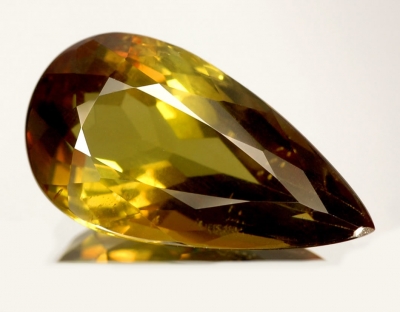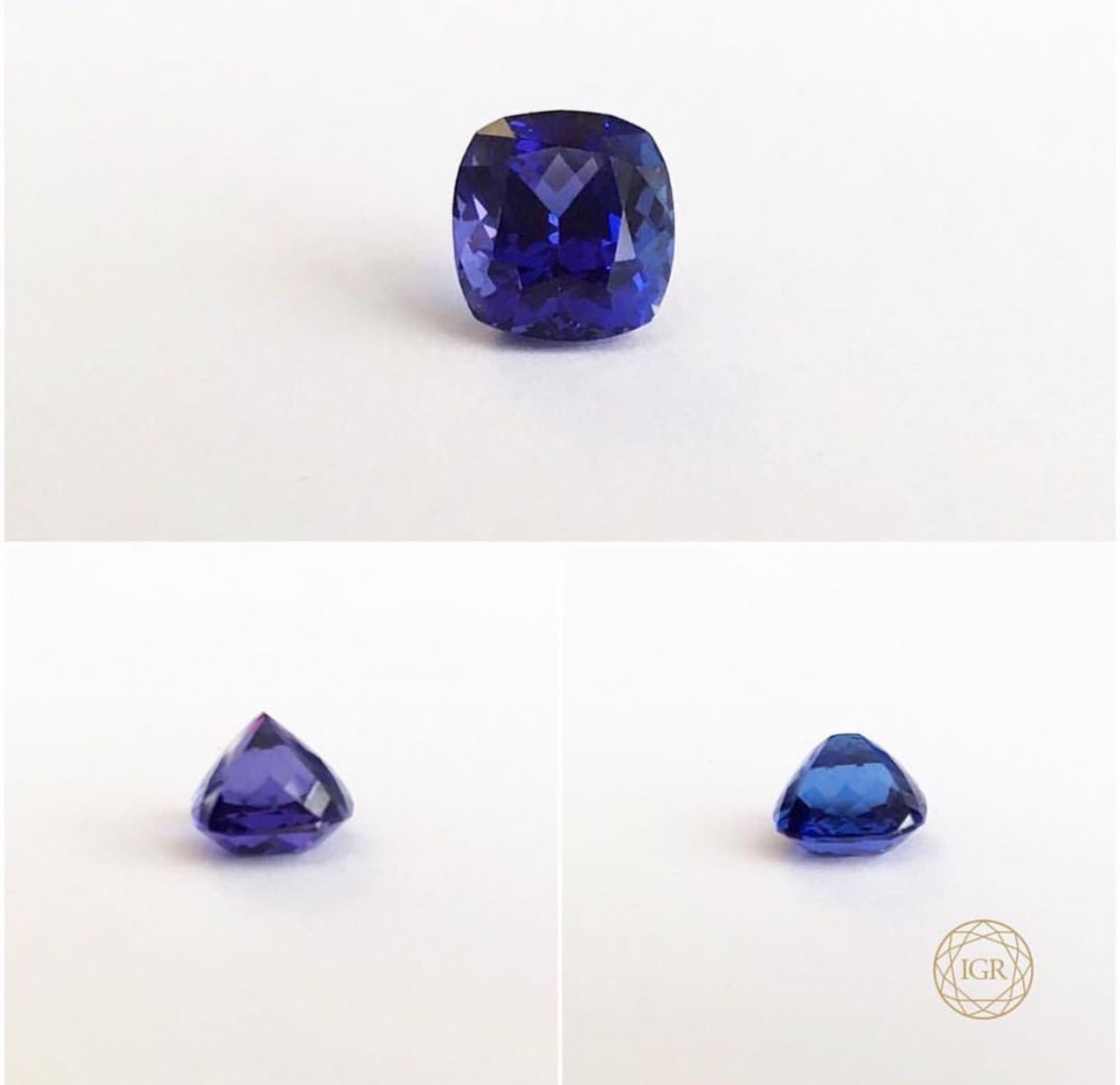
Pleochroism in gemstones
14.10.16
Pleochroism is one of the fascinating properties of many gemstones. This optical circumstance refers to colour variation of gems when viewed from different crystallographic directions. It plays a vital role in overall colour appearance for many gems.
Pleochroism is caused by differing penetration or absorption of light rays in doubly refractive crystals. The phenomenon is absent in single refractive gemstones (diamond, spinel, garnet) as well as amorphous gems, opaque & colourless stones and most translucent gems.
Like most colour characteristics Pleochroism occurs in varying degrees (weak, distinct or strong).
Strongly pleochroic gems include, tanzanite, kunzite, Iolite, andalusite, sphene, and kyanite. It is not uncommon for some pleochroic gems to display multiple colours.

Andalusite
.jpg)
Tanzanite from Seda Gems
We evaluate and grade quite a number of tanzanites in the IGR London lab and even though they are highly pleochroic gems you'll rarely see the effect. This is due to the the fact that tanzanites are usually heated to produce the beautiful and familiar violet-blue colour they are known for. In it's natural state, tanzanite can display purple and blue with some brown, green and yellow tones. The treatment with heat expels the yellowish and brown tints while enhancing it's famous blue hue.

When characterising coloured gemstones, the major factors determining colour are -
1. Hue; Position of the colour on a colour wheel
2. Lightness; Tone
3. Saturation; Intensity
4. Colour zoning
5. Dispersion
6. Pleochroism
Look at some of your gemstones and you may be able effects of pleochroism. lay them on your palm, hold them between your fingers and rotate them around in all different directions. You should be able to enjoy all the different colours you most likely didn't know about.




